Growing bamboo in California is a cinch. It’s something of a gardener’s paradise, with mild winters and abundant sunshine. So long as you have a reliable water supply, you can grow just about anything. But Canada is a different story. Even so, there are a fair number of bamboo species that can withstand the cold climes of the Great White North. But when a Canadian bamboo enthusiast decides to get busy in the garden, they still have the problem of where to find bamboo in Canada.
Many species of bamboo are native to tropical and subtropical habitats, but there are far more cold-hardy varieties of bamboo than most people realize. Many of these varieties can survive and even thrive in Canada. Even so, it’s not easy finding a bamboo specialist nursery north of the border. There are a couple of nurseries and gardens specializing in bamboo in British Columbia, where Canadians enjoy the mildest weather. But elsewhere, you’ll probably have to order from an online bamboo nursery and have your plants shipped.
We have put together a directory of bamboo nurseries in the US, some of which will ship live plants to Canada. But if you’d prefer to conduct your bamboo commerce in Canada, you’ll find the following article most helpful.
NOTE: This article first appeared in August 2020, most recently updated in April 2024.
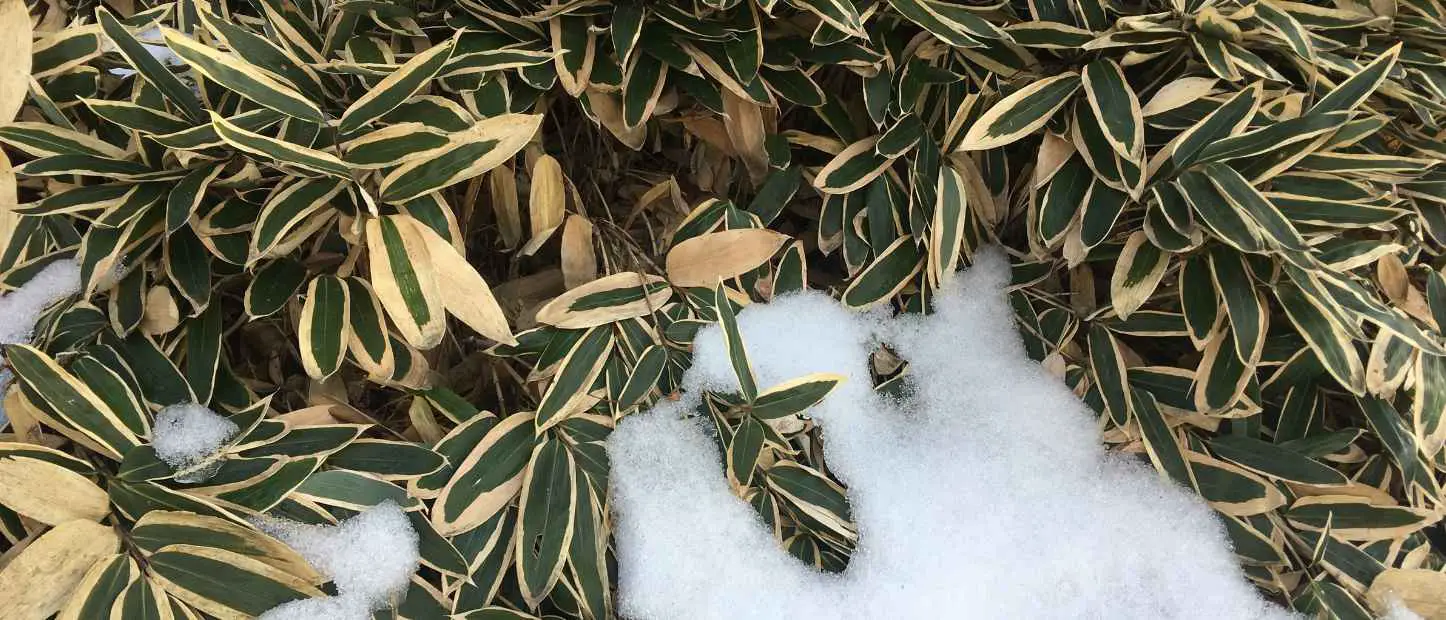
Bamboo specialists of Canada
Vancouver and the surrounding areas enjoy the mildest climate in all of Canada, and thus best gardening conditions. For confirmation of this fact, you’ll want to visit the spectacular Butchart Gardens on Vancouver Island. It should be no surprise then that British Columbia has the most successful Canadian bamboo gardens.
Art’s Nursery: A full-service nursery in Surrey, British Columbia, with an extensive selection of bamboo plants. 8940 192nd Street, Surrey, BC (604) 882-1201
Bamboo Botanicals: A private collection of rare and ornamental bamboos, conifers and Japanese maples, located in British Columbia, but unfortunately not open to the public. For a time, you could find many of their plants at Art’s Nursery (see above). As of 2022, the website and social media accounts are down, so their current status is unclear.
Bamboo Plants of Canada: A strictly online nursery offering hundreds of plants, including many varieties of bamboo as well as a range of ornamental grasses and flowering shrubs. They deliver their Canadian-grown plants all over the country, from mid-April until the end of October.
Bamboo World: Operating since 1998, this bamboo farm is located in Chilliwack, just outside of Vancouver. An extensive selection of bamboo varieties are available for shipping with British Columbia only. They also carry a wide array of bamboo poles and fencing products which can be shipped anywhere within Canada.
Eastern Canada will be less hospitable for bamboo, but even in Montreal and Toronto, you should be able to grow certain types of bamboo, as long as you pick the right varieties (see below). Unless you live in British Columbia, however, you’ll have to get your bamboo through the mail.
Bamboo Toronto: A great variety of bamboo fencing and light construction materials. No live plants though. 1145 Bellamy Road North, Unit 9, Toronto (647) 708-3888
If you live in the Yukon Territory or someplace where the temperature regularly drops below -20º F, growing bamboo might not work out so well. Instead, you can enjoy your conifers, all year round!
To help with the selection process, we’ve put together this list of cold-hardy bamboos that will have the best chances of flourishing through those chilly Canadian winters.

Best varieties of bamboo to grow in Canada
There are more than a thousand species of grass in the bamboo family, and the majority of the most popular bamboos for gardening come from the tropics or subtropics, so they much prefer the warmer climates. But with that many varieties to choose from, you can be sure to find a few bamboos that will grow happily in the snowy mountain regions and far northern latitudes like Canada.
The fact is, there are dozens of varieties of cold hardy bamboo to consider. Most of them belong to either the Phyllostachys or the Fargesia genus of bamboo. Phyllostachys is one of the most prevalent genera of bamboo, primarily native to China and including about 50 distinct species. Almost every species of Phyllostachys is a fast-spreading runner (with an aggressive rhizome root system), and many of them are cold-hardy, down to -5 or -10º F.
Fargesia is another major genus of bamboo, also indigenous to China and Southeast Asia. Unlike Phyllostachys, the Fargesia bamboos are chiefly dense-growing clumpers. This and their cold hardiness have made many varieties of Fargesia very popular among gardeners.

Running bamboo in the cold
- Phyllostachys aureosulcata: The “yellow groove bamboo” is easily recognizable for the yellow stripe that’s visible on the dark green culms. A subspecies known as “crookstem bamboo” has shoots that sometimes grow in a zig-zag manner. This visually interesting and attractive variety can grow up to nearly 50 feet in height, even in freezing temperatures. But in zones where it regularly gets below -10 or 15º F, it probably won’t grow more than 10 feet tall.
- Phyllostachys heteroclada f. solida: This subspecies of “water bamboo” is commonly known as “solid bamboo”. It’s one of the few varieties that actually has a solid stem, rather than being hollow inside. It’s also a bit more cold-resistant than ordinary water bamboo, hardy down to -10º F.
- Phyllostachys bissetii: Very dense-growing, with a thick bushy canopy, and very cold hardy. The one-inch shoots will grow up to about 20 feet in height.
- Phyllostachys nuda: A very attractive and cold-hardy species, its shoots get 1-2 inches in diameter and 25-30 feet in height. Young shoots appear very dark, almost black, turning a rich, dark green as they mature, usually with pretty, white rings around the culm nodes.
- Phyllostachys atrovaginata: Popularly known as “incense bamboo”, this variety has a waxy coat that gives the culms a very pleasant fragrance in hot weather or when rubbed. Many gardeners appreciate how fast his bamboo grows, with thick culms of 3 inches or more in diameter and up to about 40 feet in height. Good at temperatures as low as -10 or 15º F.
- Phyllostachys parvifolia: Like water bamboo, the rhizomes of this species are well adapted for wet and saturated soil. Small leaves make the thick, dark green culms stand out, and the white rings around the nodes give them even more character. Fresh shoots of this variety are reputed to be delicious in flavor. Mature shoots can get up to 40 feet tall, and it is cold hardy down to -15º F.
- Phyllostachys vivax: One the most cold-tolerant species of timber bamboo, this variety can grow 50 or 60 feet tall in ideal conditions. In Canada, it might only grow 20 or 30 feet, but it still makes a great impression.
- Indocalamus tessellatus: This unusual, compact, running bamboo is also known as “Giant leaf bamboo” because it has the largest leaves of any species, up to 2 feet long and 4 inches wide. But the plant itself is not so massive. This semi-dwarf specimen can grow up to about 10 feet tall, with half-inch thick culms. It’s popular for erosion control and very cold-hardy, to around -10º F.
REMEMBER: If you’re planting running bamboo, like any Phyllostachys variety, always use a root barrier. Also, check out this detailed article on bamboo containment practices.

Clumping bamboo for the cold
- Fargesia murielae: Commonly known as “umbrella bamboo”, many consider this to be among the most beautiful varieties for cultivation. New shoots have a light blue hue, turning dark green and yellow with age. Growing this bamboo in a shady area will help preserve the rich blue shade. Thin shoots will get about 12 feet tall, and it’s hardy down to -20º F.
- Fargesia nitida: “Blue fountain bamboo” earned its name from the dark purple, bluish culms and the thick, cascading canopy of foliage. One-inch poles can get to about 15 feet tall, and thrive in temperatures as low as -20º F.
- Fargesia dracocephala: “Dragon head bamboo” has thick culms growing to about 10 feet, with a thick, weeping leaf canopy that can provide a good privacy hedge. Not recommended for hot, humid climates, but cold hardy down to -10º F.
- Fargesia rufa: A compact, thick and bushy variety, Rufa much prefers the cooler climates, and also does well in partial shade, protected from the afternoon sun. This species is hardy down to -15º F. Thin culms grow to about 10 feet tall.
- Fargesia sp. ‘Jiuzhaigou’: This species includes many interesting and cold-hardy cultivars, including “red dragon” and black cherry”. As the names suggest, these are some more colorful varietals. With thin culms growing to around 10 feet, this is a more compact species of bamboo, but cold hardy down to -20º F.
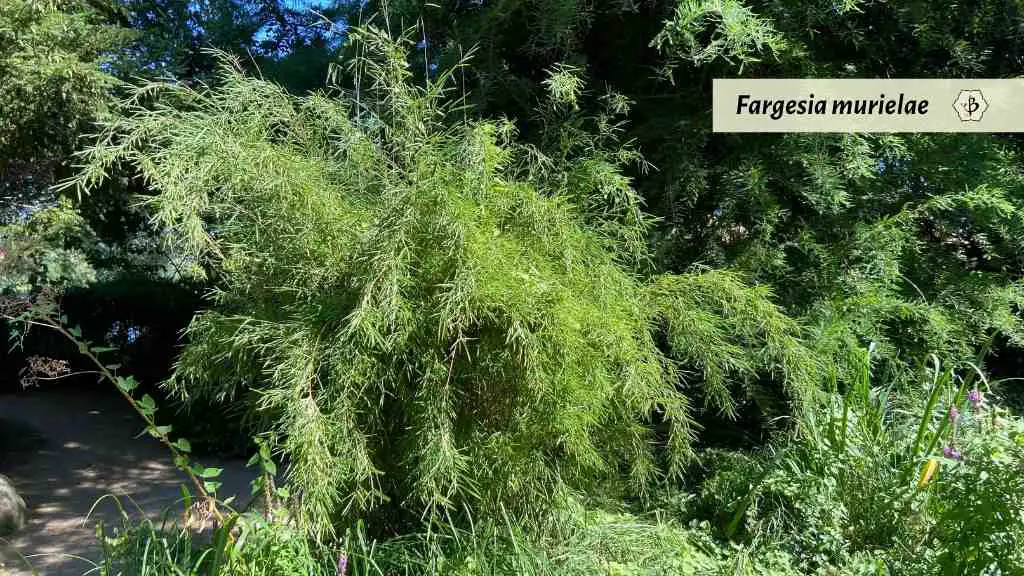
Bamboo growing tips for the cold
As you can see, there are plenty of bamboos to choose from if you’re looking to landscape an oriental-style garden in Canada. Most of these species are hardy into the negative Fahrenheit territory. So long as you aren’t expecting to dip below minus 20º or so, you should be fine. And even if the leaves get a little fried in a severe cold snap, the roots should still endure.
If you prefer to keep your bamboo in a pot or container, you might want to think twice. The natural earth provides extra insulation for the roots, and that can be important during a cold winter. Potted bamboo roots will be more susceptible to deep freezing. On the other hand, you will have the option to bring the bamboo indoors if it’s in a pot.
As far as propagating bamboo and taking rhizome divisions in cold climates, we recommend doing this in the late winter or early spring, after the worst of the cold is over. Try to catch them before the new growing season begins. The larger the plant and root ball, the better odds of success you’ll have.
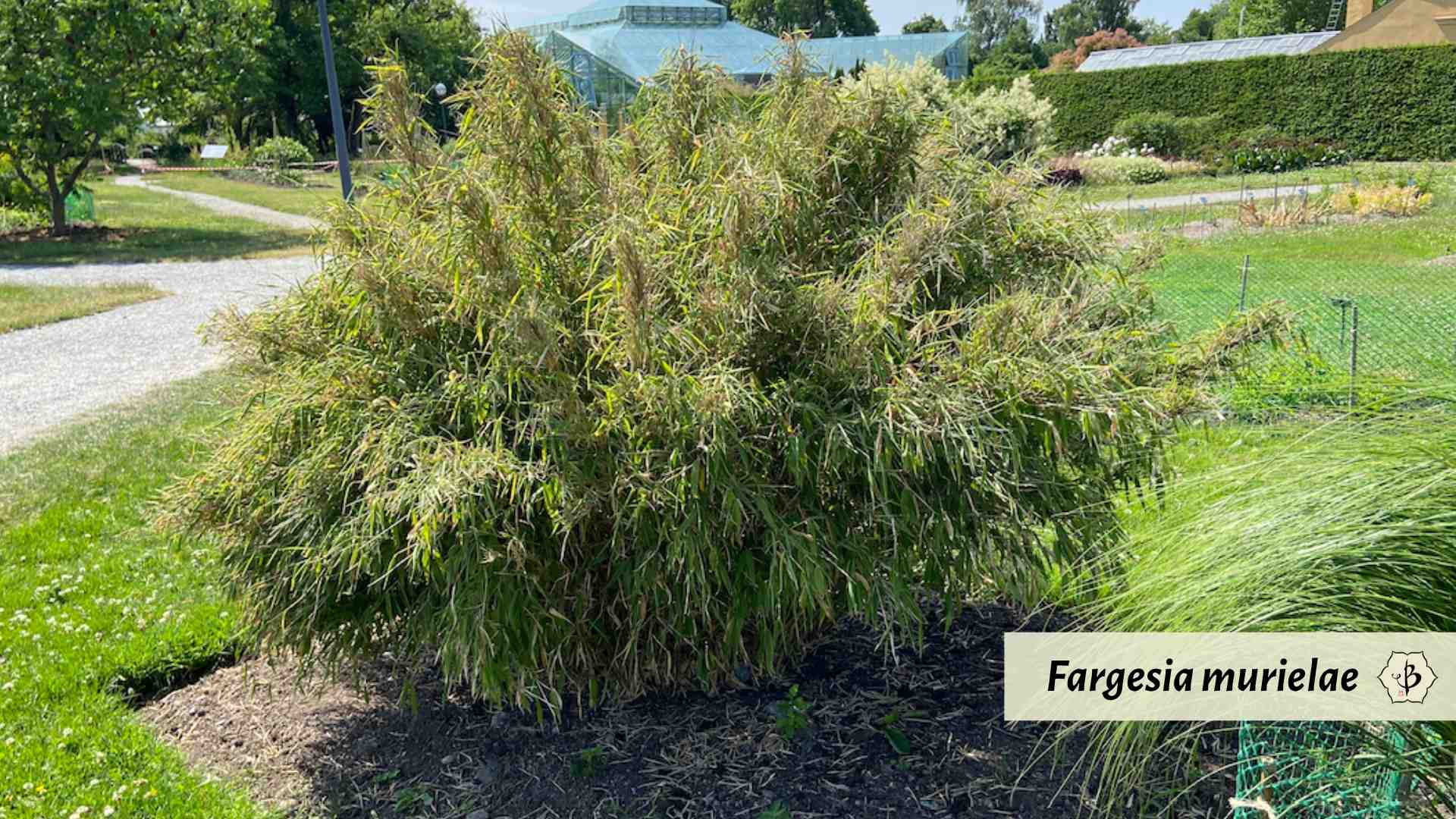
Buy Canada
At Bambu Batu, we have always tried to source our products as close to home as possible. Most bamboo comes from Asia, but if we could get it from North America we would. Our retail store is no longer open, but we’re always happy to support businesses based in Canada.
- Sleep Bamboo: Top-quality bamboo sheets and towels from Toronto
- Jerico Sportswear: Activewear made in Canada from Bamboo and Organic Cotton
- Devil May Wear: Women’s clothing, lingerie, and accessories hand-made in Vancouver with an eco-friendly edge.
Learn more
If you found this advice on finding and planting bamboo in Canada helpful, you might also enjoy the following posts:
- Directory of bamboo nurseries in the US
- Where to find bamboo in California
- Clumping bamboo for cold climates
- Water bamboo: Growing around ponds and wetlands
- Should I plant a bamboo hedge?
- Running bamboo: Why must you run?
FEATURE PHOTO: Snow-covered bamboo in winter
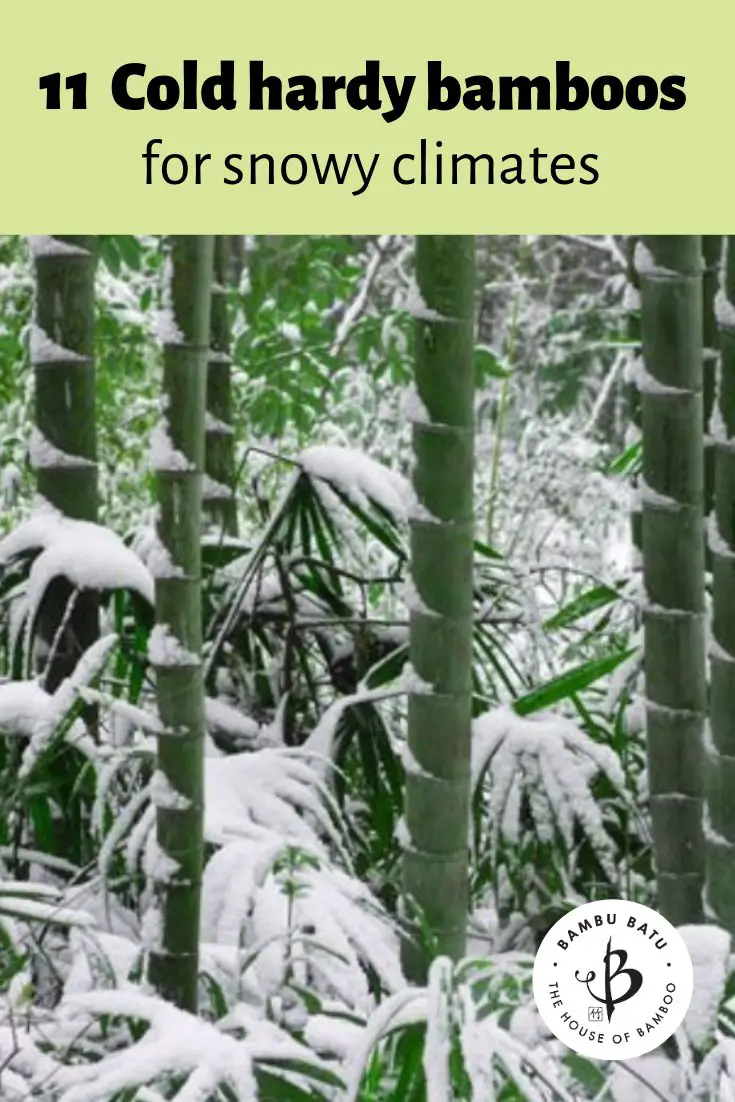

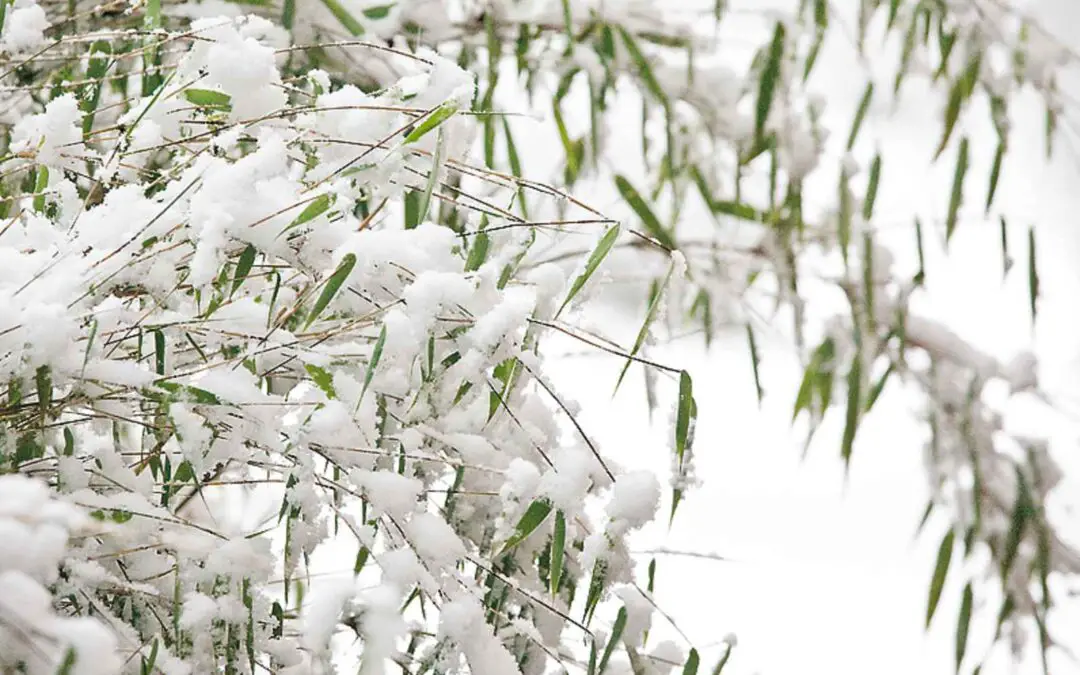
























What would be the best timber bamboo to grow in zone 5-7
I would recommend Phyllostachys vivax. They won’t reach their full size in a cold climate, but they can get pretty big, and you should probably use a root barrier.
hi
i live in Toronto. Usa zone 5. I want a fast growing, cold hardy bamboo for part sun that grows to 10-15 feet and maintains an upright stance rather than drooping. I want clumping too. Suggestions?
Hi Don, I’m afraid you’ll have to compromise on your requirements. You either need to settle for a drooping bamboo (genus Fargesia) or plant a running bamboo (genus Phyllostachys, Semiarundinaria or Indocalamus).